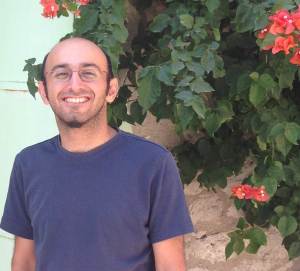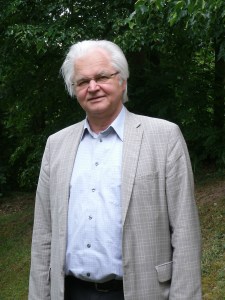
Eugeny Babichev is a CNRS researcher at the Laboratory for Theoretical Physics at Orsay. His work focuses on modified gravity theories, including their theoretical and observational issues, as well as phenomenological aspects, such as cosmology and black holes.
One of the biggest puzzles of modern physics is the present-day accelerated expansion of the Universe. The acceleration is usually attributed to the presence of a mysterious dark energy, a yet unknown substance of the Universe. Although in the framework of conventional General Relativity (GR), a cosmological constant can be added to mimic dark energy, the fine tuning required to adjust its value makes this explanation unsatisfactory. We can then ask whether a modification of Continue reading




You must be logged in to post a comment.